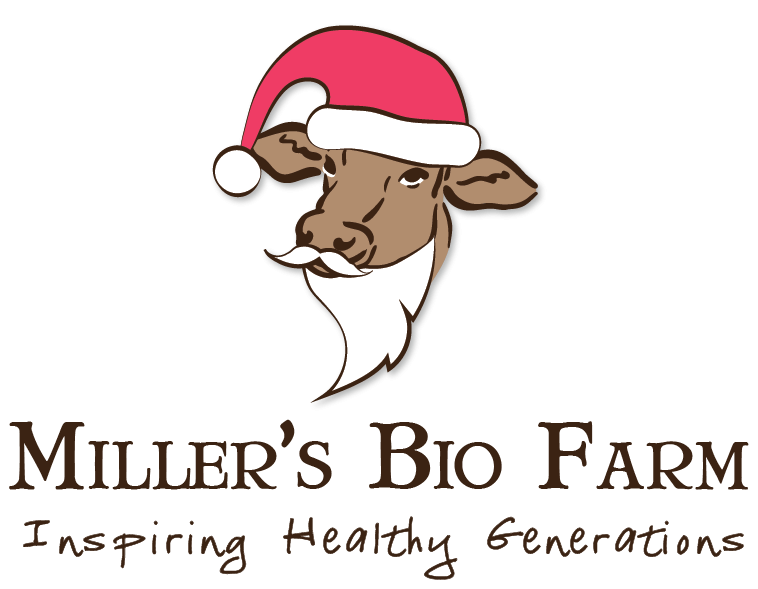What are the holidays like for our Amish farmer?
posted on
December 18, 2020
Every culture and every family celebrates the holidays differently. Let’s take a peek into how farmer Aaron and his Amish community enjoy Christmas.
Farmer Aaron reminisces about how, as a child, he loved Christmas because he got presents. Now that he has 6 children of his own, the anticipation of Christmas is a little different. As an adult, farmer Aaron’s favorite thing about Christmas is the kids. He loves seeing how happy they are. Their smiles are everything.
Amish Christmas is about the spirit of giving. It honors the day Jesus was born. Giving gifts to others represents the gift that Jesus was to the world.
Children are usually given a book and a few other things. Although Amish children love the story of Santa, they are not believers. Presents come from their parents.
Amish Christmas is also about the food. They hold many Christmas dinners with immediate family.
The dishes cooked at meals are top notch. The food is often sweet, much like baby Jesus. Farmer Aaron loves Christmas cookies (and there are always a lot) and layered red, green, and white jello. Another special treat is homemade potato chips fried in lard or coconut oil.
Amish Christmas is TWO DAYS LONG.
That’s right. They celebrate Christmas on the 25th and the 26th. This is common for Amish holidays.
Decorations are not a big deal in the farmer’s Amish community. It’s not the appearance but the spirit of Christmas that makes it special.
There’s no Christmas tree, no Christmas lights, and no Christmas wreaths and other Christmas knick knacks. Children make old fashioned paper snowflakes and chains to decorate their classroom and even their home.
A celebrated tradition is when the Amish schools put together an annual Christmas show, when students perform for their parents and grandparents.
They practice for weeks beforehand and usually try to make it as funny as possible (after all, Christmas is about spreading joy and cheer). The children recite poems and perform skits. The younger kids might say a few words, but the older kids create a plot.
The farmer’s son John did a skit with his friend Elam this year. They dressed in old tattered hats and held a pitchfork and a broom. They had a playful interaction about each other’s pigs getting into each other’s cabbage patches and demanding reimbursement from each other. In the end, they demanded justice and made a deal.
The farmer’s son Ben did a skit where kids were sneaking candy while Grandma was out. When Grandma came back, the kids made funny excuses for where the candy went. Maybe a mouse came to eat it, maybe the wind blew it away, or maybe it “accidentally” got flushed down the toilet.
Amish Christmas is ultimately about joy. It’s about celebrating the gift of baby Jesus and the delight of family and friends.
Best wishes for your holiday traditions, even if they might be a bit different this year.




